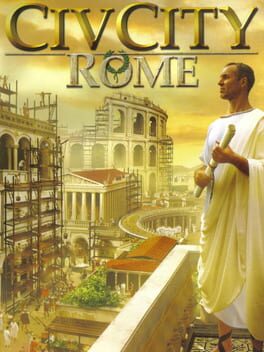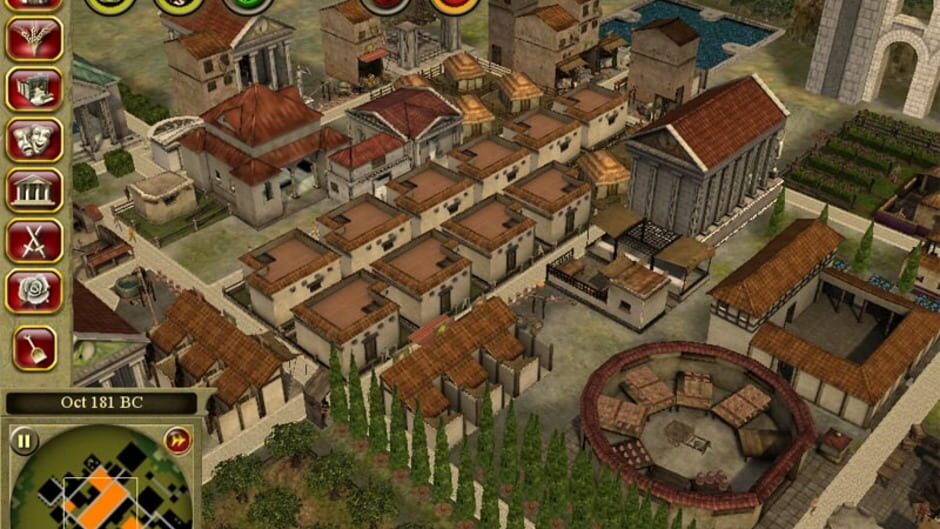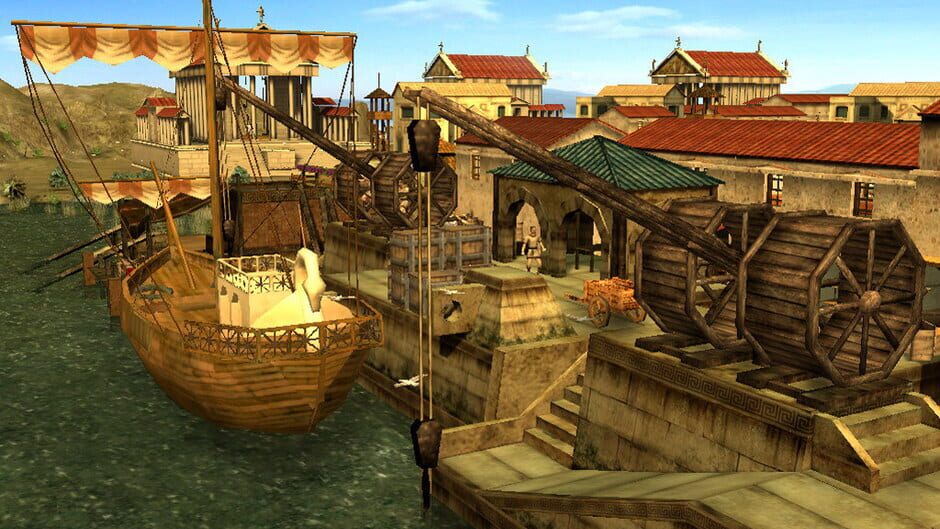CivCity: Rome is a city-building game set in ancient Rome, where players take on the role of a Roman governor tasked with building and managing a thriving city. While the concept and setting of the game are promising, CivCity: Rome suffers from a number of flaws that hinder its overall experience.
One of the main issues with CivCity: Rome is its lack of depth. The game offers a relatively shallow gameplay experience compared to other city-building games on the market. While there are different buildings and structures to construct, the overall mechanics and systems in place feel simplistic and lacking in complexity. This can lead to a lack of long-term engagement and replayability.
Another major drawback of CivCity: Rome is its poor AI and pathfinding. The citizens of your city often behave erratically, making it difficult to efficiently manage your city's resources and infrastructure. This can be frustrating and detract from the overall immersion and enjoyment of the game.
Visually, CivCity: Rome is decent but fails to impress. The graphics are dated and lack the level of detail and realism found in more modern city-building games. While the ancient Roman setting is well-represented, the overall visual presentation feels lackluster.
Despite its shortcomings, CivCity: Rome does have some redeeming qualities. The historical accuracy and attention to detail in terms of the city's layout and architecture are commendable. The game also offers a number of scenarios and challenges that can provide some variety and challenge to players.
In conclusion, CivCity: Rome is a promising concept that falls short in execution. The lack of depth, poor AI, and dated visuals hinder the overall experience. While it may appeal to fans of ancient Rome and city-building games, there are certainly better options available in the genre. I would give CivCity: Rome a rating of 5 out of 10.



